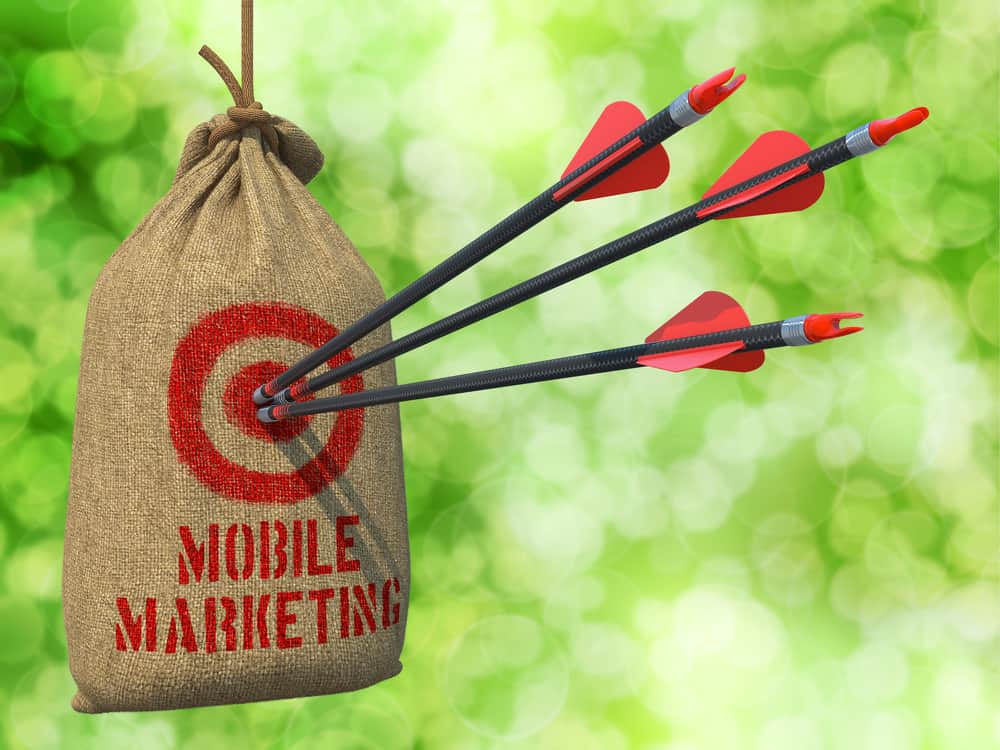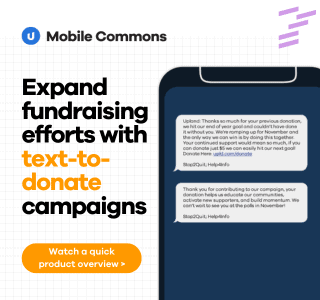
Mobile marketing is relatively new for most marketers, yet it’s one of the most important channels with substantial upside: There are 3.65 billion unique global mobile users, according to MarketingLand.com and tablet devices have the highest add-to-cart rates on e-commerce websites (8.58%).
If you’re not optimized for mobile yet, it’s probably because you’re dealing with a handful of pain points. While some are more arduous to overcome, some can be tackled relatively easily. Here are three to focus on first, as you dive into the world of mobile marketing.
1. How do I get the attention of millennials?
There’s no doubt about it: millennials prefer mobile. But we know something else about millennials: they have a short attention span and have grown up with instant gratification at their fingertips.
The best way to target these 20-somethings is to deliver fast, relevant content directly to their smartphones. How do you do this? Optimize your website for mobile—a slow, messy or difficult-to-navigate site will send them running in the direction of your competitors. I know I’ll personally leave (and distrust) a website if it doesn’t look modern or up-to-date.
After optimizing the look and experience of your website, it’s time to think about making buying as easy as possible. For example, you can create an easy payment gateway through Paypal or Google Wallet; providing a service that allows a customer to “purchase at the click of a button” is a great way to increase sales and appeal to a younger demographic.
Lastly, who texts more than millennials? No one. Mobile programs are the most effective way to consistently reach and engage with millennials. Text-messaging applications are the most utilized smartphone applications, period. It’s imperative that you join the conversation!
2. How do I track my efforts?
This is one of the greatest pain points for mobile marketers, and you’re likely struggling with something similar yourself. The first step in tracking your efforts is to decide what the most important data points are for your mobile efforts—they may be different than what is laid out in your traditional marketing plan.
For example, you’ll want to track device carrier, device type/brand, and timestamp. In addition, the right data points, consider context, suggests Hollis Thomases, President and CEO of Web Ad.vantage. She suggests consider context points such as:
Location: Bluetooth, WiFi, Geo-coordinates
Proximity: Call to action, speed, dwell times
Device: Manufacturer, operating system, browser used
With your insights dialed in, you can feel confident testing various types of content and strategies on mobile.
You can access much of this data in Google Analytics, especially if you make sure all click points are followed with a tracking code specific to mobile. Cookies are handled and tracked the same as they are on desktop, with all browsers treating first and third party cookies differently.
3. Do I need to create a mobile app?
The answer: that depends. For those in retail, the answer is probably not, at least according to a UK study. This study found that only 11 percent of consumers have downloaded their favorite store’s app, and if they do, almost 60 percent of those users become inactive within the first 30 days.
In short: retail-focused mobile apps just aren’t working. Most consumers are ditching apps in favor of the search bar so it’s better to focus on a fully optimized mobile website rather than creating an app that won’t be used.
However, many businesses create apps for branding purposes only, as they’ve become much easier to create quickly and affordably. Small businesses like golf courses, gyms, hotels and restaurants are on the rise in terms of app development, according to a study by BiznessAPPS.
As the shift to mobile continues to reshape the way we consume content and interact, companies must be willing to adapt their marketing strategy accordingly—or else risk getting lost among competitors.
Jessica Thiefels has been writing for more than ten years and is currently a lifestyle blogger and the editor of Whooo’s Reading and Carpe Daily. She is also the owner of her own small fitness business, Honest Body Fitness, and is using her experience from writing, editing and marketing to become a successful entrepreneur. Follow her on Twitter @Jlsander07.
—
Similar Posts You Might Like:
Mobile Marketer’s Dilemma: SMS/MMS vs. Push vs. Beacons – Takeaways from RIC 2016


